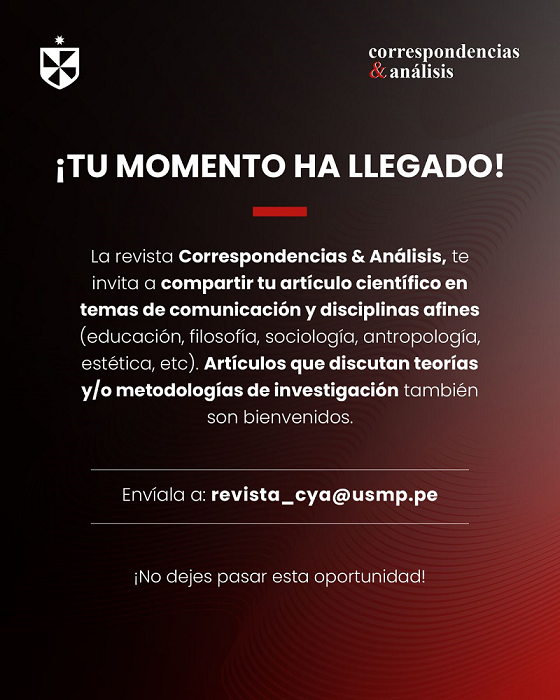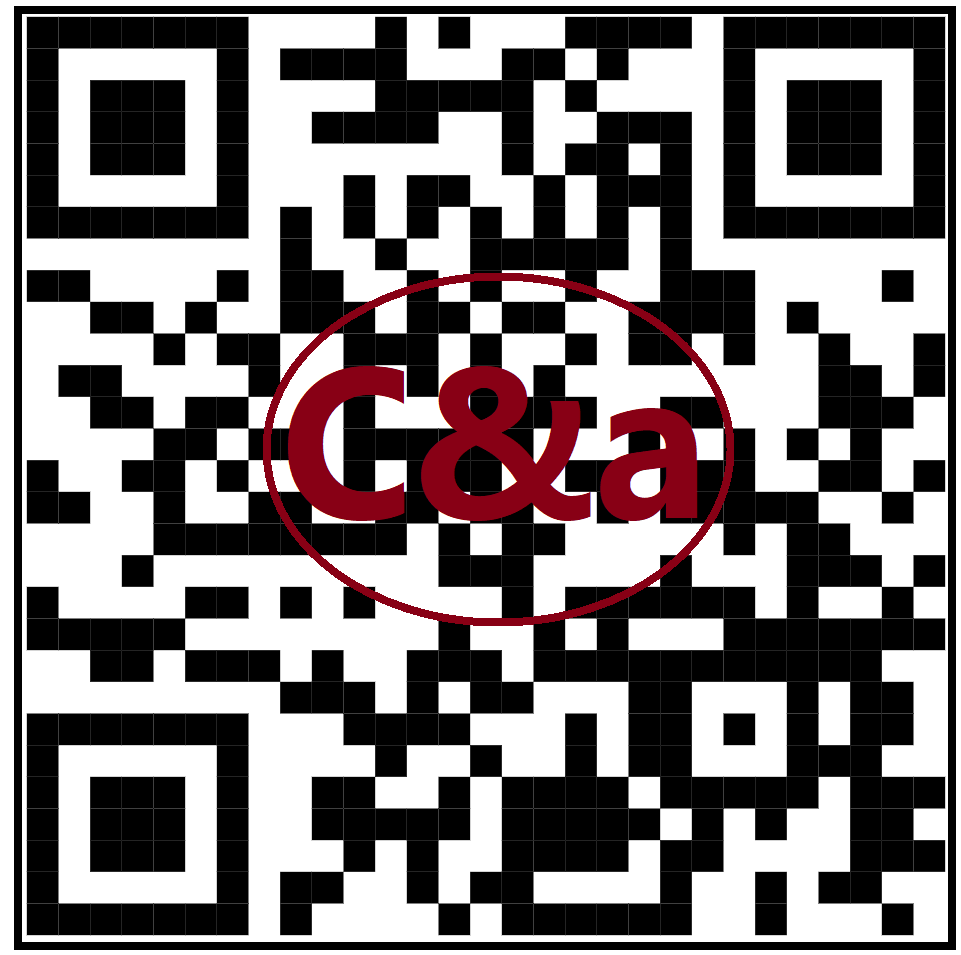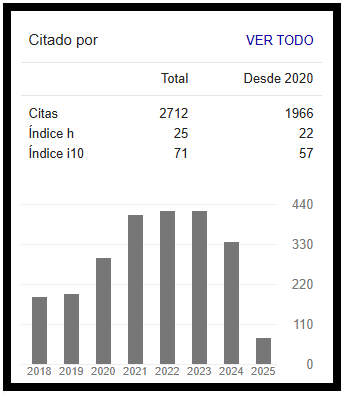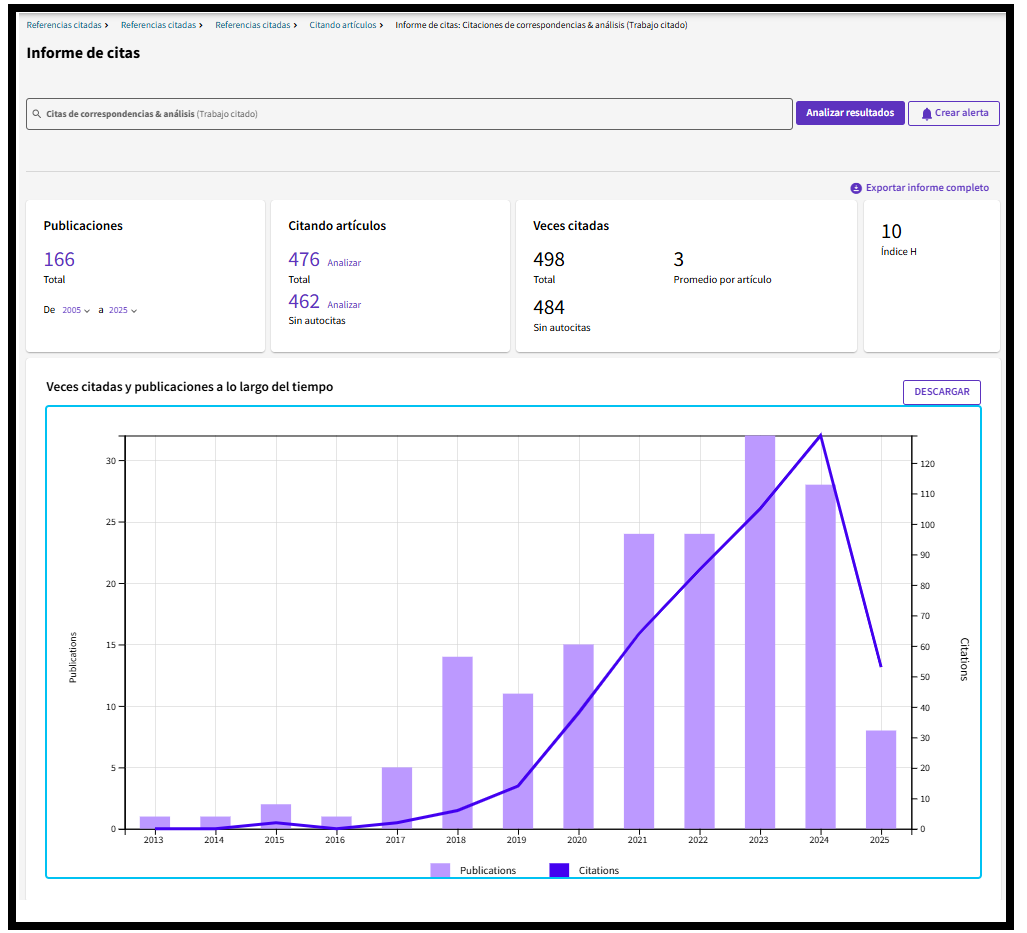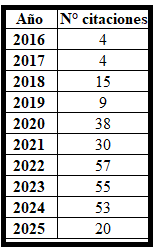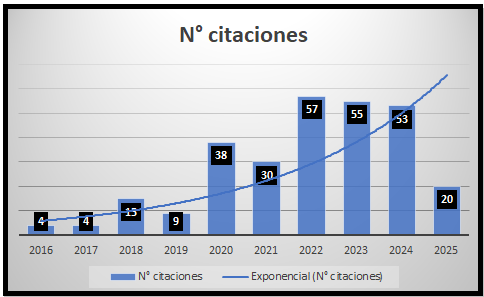Building the Corporate’s Image and Reputation on Twitter
DOI:
https://doi.org/10.24265/cian.2014.n4.05Keywords:
Image, Reputation, Twitter, Organizations, Innovation, CommunicationAbstract
The communication between organizations and their stakeholders has evolved as the waves of competitive challenges that have marked technological innovations (Kanter, 2006). Since 2006 it has become necessary not only to increase interaction particularly via social media, but also to incorporate aspects of organizational responsibility and its foundations in values (Kotler, Kartajava, & Setiawan, 2011) which directly influence in building its image (Capriotti, 2009) and reputation (Villafañe, 2004). This article analyzes the image and reputation of some private organizations in Mexico through the study of the activity they have in this social media. The results of this research suggest some conclusions regarding the importance of strategy in the use of Twitter as a basis for building the reputation of the organizations which must recognize the communication as a two-way process that accounts for interaction processes and mutual influence over time.
Metrics
Downloads
References
Arévalo, R. (2013, Junio 13). “Tendencias de la reputación organizacional en redes sociales digitales”. Encuentro Nacional AMIC Toluca 2013. Asociación Mexicana de Investigadores de la Comunicación. Universidad Autónoma del Estado de México. Toluca, Estado de México.
Asociación Mexicana de Internet (2013). “Hábitos de los usuarios de Internet en México”. Extraída el 24/VII/2014 desde http://www.amipci.org.mx/?P=est-habitos
Capriotti, P. (2009). Branding Corporativo: Fundamentos para la gestión estratégica de la identidad. Santiago de Chile: Colección libros de la empresa.
Castells, M. (2003). The Internet Galaxy: Reflections on the Internet, Business, and Society. Nueva York: Oxford University Press.
Clow, K. y Baack, D. (2014). Integrated Advertising, Promotion, and Marketing Communications. Nueva Jersey: Pearson Education.
Delahaye Paine, K. (2003). “Guidelines for Measuring Trust in Organizations”. Extraída el 24/VII/2014 desde http://www.institute-forpr.org/wpcontent/uploads/2003_MeasuringTrust.pdf
Dubrin, A. (2003). Fundamentos de comportamiento organizacional. México D. F.: Thomson.
Herrera, M. y Arévalo, R. (2014). “Key leadership challenges and factors in Public Relations and Communications in Mexico”, pp. 262-277. En Berger, B. y Meng, J. (eds.). Public Relations Leaders as Sensemakers. A global study of leadership in Public Relations and Communication Management. Nueva York: Routledge.
International Telecommunication Union. (2012). Measuring the Information Society. Ginebra: ITU.
Kanter, R. (2006). “Innovation: The Classic Traps”. Harvard Business Review on Inspiring and Executing Innovation. Vol. 84, núm. 11, pp. 149-181. Extraída el 24/VII/2014 desde https://noppa.aalto.fi/noppa/kurssi/21e00032/materiaali/21E00032_moss_kanter.pdf
Kotler, P.; Kartajava, H., y Setiawan, I. (2011). Marketing 3.0. México D. F.: LID Editorial Empresarial.
Lacasa, A. (2000). Gestión de la comunicación empresarial. Barcelona: Gestión 2000.
Lindlof, T. y Taylor, B. (2011). Qualitative Communication Research Methods. California: Sage Publications.
Meng, J. y otros (2012). “A test of excellent leadership in Public Relations: Key qualities, valuable sources, and distinctive leadership perceptions”. Journal of Public Relations Research. Vol. 24, núm. 1, pp. 18-36.
Pardo, H. (2010). Geekonomía, un radar para producir en el postdigitalismo. Barcelona: Universidad de Barcelona.
Rebeil Corella, M.; Arévalo Martínez, R. y Moreno Moreno, M. (2012). “Comunicación aplicada: ciencia y aplicación al servicio de la sociedad”. Diálogos de la Comunicación, núm. 85, pp. 1-30.
Rebeil Corella, M.; Arévalo Martínez, R. y Lemus Legaspi, G. (2011). “El ejercicio de las relaciones públicas en México”. Revista Internacional de Relaciones Públicas. Vol. 1, núm. 1, pp. 97-110.
Sánchez Herrera, J. y Pintado Blanco, T. (coords.) (2010). Nuevas tendencias en comunicación. Madrid: ESIC.
Silverstone, R. (1994). Televisión y vida cotidiana. Buenos Aires: Amorrortu.
Valle, M. (2003). “La comunicación organizacional de cara al Siglo XXI”. Razón y Palabra, núm. 32. Extraída el 24/VII/2014 desde http://www.razonypalabra.-org.mx/anteriores/n32/mvalle.html
Vilches, L. (2001). La migración digital. Barcelona: Gedisa.
Villafañe, J. (2004). La buena reputación: claves del valor intangible de las empresas. Madrid: Ediciones Pirámide.
Downloads
Published
Issue
Section
License
In case the manuscript is approved, the authors retain the copyright and assign to the journal the right to publish, edit, reproduce, distribute, display and communicate in the country of origin and abroad by means of print and electronic media in different databases.
In order for this procedure to be recorded, the author must fill out the following formats:
Format 1 - Author data Format.
Format 2 - Affidavit on originality and authorization for the publication of articles Format.
Format 3 - Open Science Compliance.







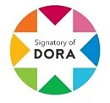
2.png)


